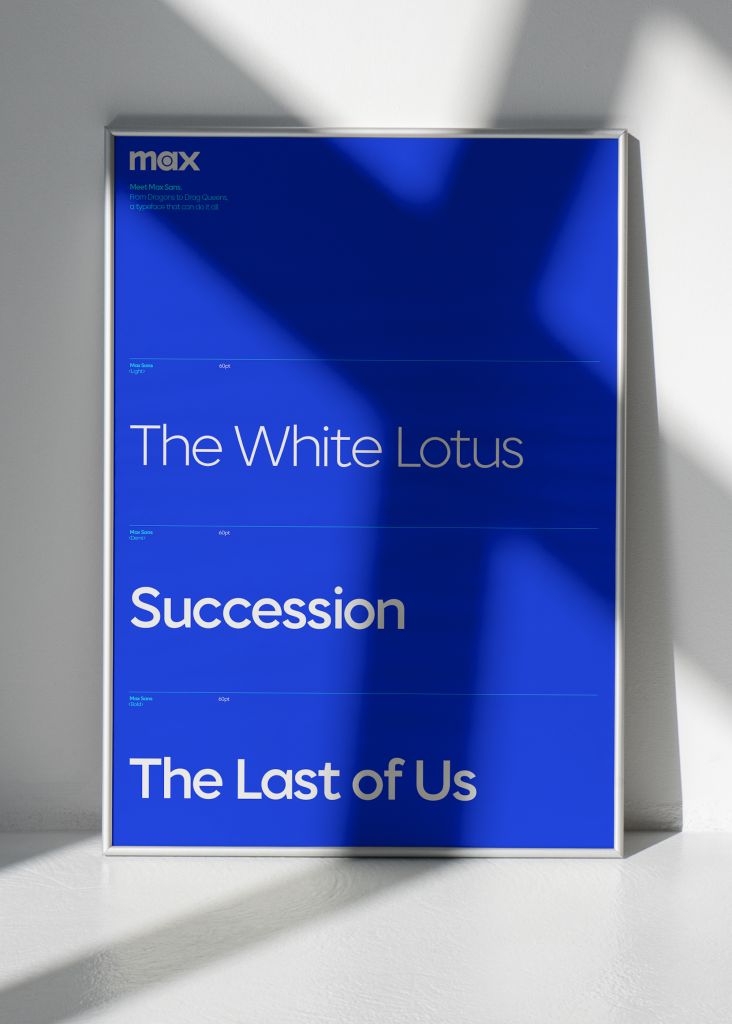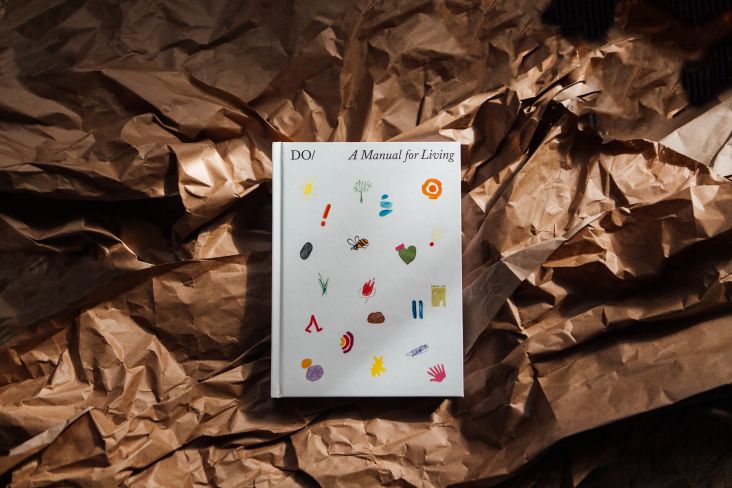How to sell yourself as a freelancer in 2023
With the economy looking a little flat, most freelancers must put more work into selling themselves. But how do you actually do it? Creatives from multiple disciplines share their best advice.

Image licensed via Adobe Stock
Have things been a little quiet for you lately? If you're finding that offers of work are dropping off at the moment, you're not alone. With economic uncertainty gripping the entire world, not to mention the prospect of AI and new technologies making many jobs potentially redundant, it's a bit of a worrying time for creatives of all stripes.
So how can you survive the next few years as a creative freelancer? Ultimately, whatever the broader picture, there will always be clients who are desperate to hire good people. So the only difference is that you may have to put a little more effort into putting yourself out there and selling yourself as the answer to their prayers.
That doesn't mean being boastful, deceitful or full of yourself: you don't have to transform into the stereotype of the used car sales manager. It simply means leaning into your value and effectively communicating what makes you unique, what differentiates you from your competition, and how you can prove to clients in a crowded field that you're the best option above anyone else.
Sounds straightforward, but how do you actually do that in practice? We asked the Creative Boom community to share their tips and experiences, and we share some of the best insights below. Meanwhile, you can see the full discussion here.
1. Be concise and honest
Let's make one thing clear from the start. Selling yourself doesn't mean droning on and on about how great you are. Using a lot of waffle, jargon, or business speak won't make you sound clever; it'll just sound like you're trying to pull the wool over people's eyes. People will be far more impressed if you can explain exactly what you have to offer, quickly and briefly, in plain English.
Graphic designer Mike Hindle explains how he goes about it. "Most of my enquiries are by email, so the first reply is 'make or break' time. I always link to website articles that they will find useful. This straight away demonstrates knowledge and expertise. Quick and concise communication is what many clients are looking for.
"Honesty is also important," he adds. "If something isn't going to provide the results the client needs, I explain what needs to change and how we can go about it. The right clients will appreciate the input and work on getting it right to save wasted time on both sides."
2. Focus on the client
Selling yourself, somewhat paradoxically, doesn't always involve talking about yourself very much. As designer Jae Yoon puts it: "It's all about focusing on the client, their needs and how you can help to improve their situation. Present yourself as a business consultant, and you will receive a different type of respect from the client."
Stanley Vaganov, a designer for social impact, agrees. "I think being transparent and acting like an expert, rather than an order taker, dictates much of your volume," he says. "That means asking great questions and listening."
Brand strategist and copy director Danielle LaRoy echoes this view. "Lead with questions and listen intently to the answers," he emphasises. "Connect the dots between their challenges and your solutions, most importantly using stories from past projects to show how you've done it before."
3. Show what you've made
It sounds like an obvious point, but it's one that many freelancers ignore. Few people will want to hire you unless they can see clear evidence that you do great work. So you need to find a way of putting your best stuff in front of them.
"I have a template which I adapt per client, but I'd say having an online presence helps," journalist, comms pro and editor Kiesha Meikle. And she knows this, having been on the other side of the fence. "I always Google creative freelancers when they approach me," she points out. "And clear examples of what you've been able to do for others are really helpful."
Illustrator Vicky Scott concurs. "Having lots of examples of work, at the same standard and in the same style, shows illustrators can be trusted with a commercial brief," she explains.
That doesn't mean, of course, putting everything online; careful curation is vital. "I'm very particular about what work of mine is permanently available for people to see and find," says illustrator Niki Groom. "Only if I'm confident with it will I share it on my website and socials. Meanwhile, I'll share working drawings or things that didn't work out in Stories only. I see Instagram as a second portfolio."
Make sure, too, that you enlist a second pair of eyes; and ideally a third, a fourth, a fifth… "I've found it helpful to have friends from my target industry read my CV over for me," says comic artist Timothy Winchester. "They can tell me what they don't understand, what makes sense, what they want to see more of. For example, I'd been assuming that everyone just knew what my old career involved, and that just wasn't the case."
If you plan to play it safe and take a vanilla strategy of approaching and talking to clients, then you will look the same as everyone else and be forgettable. Never underestimate the power of standing out.
4. Show your process
Selling yourself isn't just about showing the finished product but also highlighting how you made it. One way of doing that can be through case studies and testimonials. "Don't neglect to keep these up to date, and take the time to make sure you get around to interviewing clients and creating new case studies," says PR expert Ellen Carroll. "Prove the value of what you do. Trust and credibility are so important."
Not sure how to put them together? Greg Findley of graphic and web agency Mantra has some advice. "Without wanting to sound all LinkedIn, I apply the 'STAR' method to my portfolio write-ups," he explains. "This stands for Situation: the background/context for the work, Task: what was the key challenge, Action: the process/steps I took, and Result: how that benefited my client. I write a paragraph for each."
Letting clients know about your process should also be central at the pitching stage, says Jordanne Young, brand marketing amplification consultant at Enid.fm. "People want to know the ins and outs of your business, your dreams, goals and all that comes with it; no gloss," she says. "For my pitching, I created a set of values inspired by songs, which makes for a good talking point; one example was 'No Surprises' by Radiohead."
Product designer Becky Colley adds this insight. "I don't have my own business, but I often have to convince stakeholders of the value of what I do: human-centred design and user research," she explains. "I've found what works best is borrowing my approach from tried-and-tested UX methods, such as providing evidence and starting small. I also use the classic STAR method to tell the story to people who don't work in tech and aren't familiar with digital ways of working. For example, 'Here's a time I used data to spot a problem/opportunity, then what I did about it, and finally the impact.'"
5. Soft skills
Selling yourself isn't just about focusing on the work itself. Often, potential clients are much more in what you're like as a person and whether you'll be able to get on with them.
"I honestly think my soft skills bring me more money and clients than my design work," says photographer and graphic designer Michael Berger. "Being honest but respectful, communicative, understanding and trustworthy: these are the reasons why people recommend me. And every time they do, I raise my prices!"
6. Be different
When you work in a corporate environment, it's often tempting to follow the lead of others and keep your head down. When you're selling yourself as a freelancer, though, that's the last thing you want to do.
"If you plan to play it safe and take a vanilla strategy of approaching and talking to clients, then you will look the same as everyone else and be forgettable," says Samantha Hornsby, co-founder of Eric app. "So never underestimate the power of standing out. Think outside the box. Take a deep breath, and be different to everyone else."
Emily Whitehead, founder of Simply Club agrees. "Being more Marmite really works," she says. "That means opening your heart. It means sharing your deepest beliefs and non-negotiable values. And it means avoiding marketing 'beige' at all costs."
It also means focusing on your speciality, if you have one. "Being really clear about what I specialise in – i.e., communicating purpose – has been the difference-maker for me, in terms of demonstrating my value and onboarding the right 'fit' of clients," says Ben Veal, founder of Second Mountain. "As a freelancer, it can be mighty tempting to be a generalist and accept any creative work that comes your way. My advice? Don't go down that road. Be super clear about your value and proposition from day one, build up your reputation in that area by being consistent, and don't waver. That's the pathway to true value for all."
Above all, be yourself. Because it's much easier to sell your true self than some fake version you think clients will like (they probably won't). As UI/UX designer Maiane Gabriele says: "One thing that helps me a lot is being myself as much as I can. The more of me I can bring to my work, the better. In my personal life, I have values, I have joy, and I am honest. When I bring this to my work, my clients can see this spark of joy."


















](https://www.creativeboom.com/upload/articles/59/5966589fcae3400b8bed99371b371395c485f42d_732.jpg)


